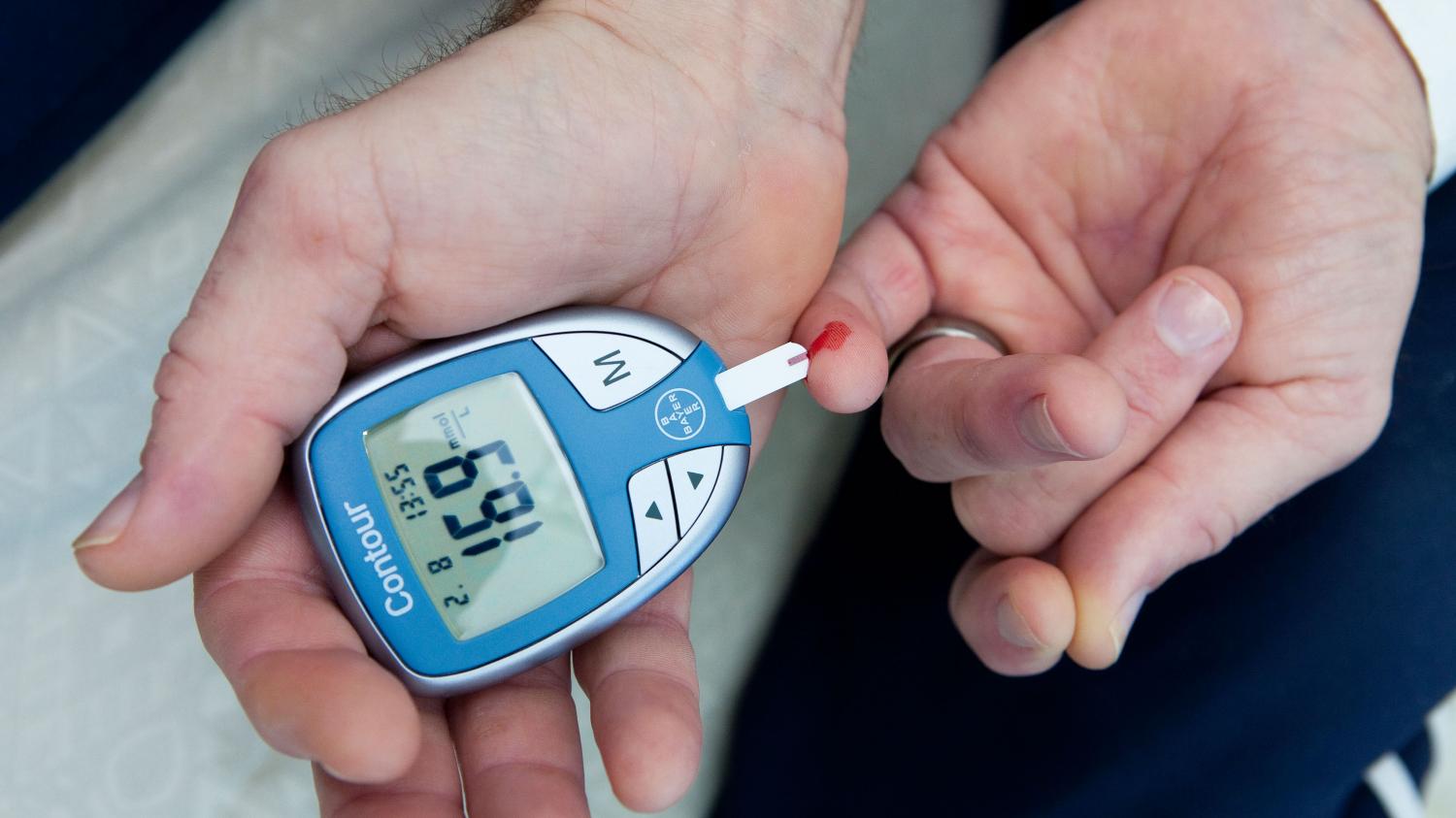Exploring the Different Types of Diabetes and Their Unique Characteristics
Diabetes is a chronic condition that affects millions of people worldwide. While there are several variations of diabetes, the most common types are type 1, type 2, and gestational diabetes. Each type of diabetes has its own unique characteristics, including risk factors, causes, symptoms, and treatments.
Type 1 Diabetes:
Type 1 diabetes is an autoimmune disorder that occurs when the immune system attacks and destroys the insulin-producing cells in the pancreas. As a result, people with type 1 diabetes require insulin therapy to manage their blood sugar levels. Type 1 diabetes is usually diagnosed in children and young adults.
Symptoms of type 1 diabetes include:
- Increased thirst and urination
- Extreme hunger
- Fatigue and weakness
- Blurred vision
- Unintended weight loss
Type 2 Diabetes:
Type 2 diabetes is a metabolic disorder that occurs when the body becomes resistant to insulin or doesn’t produce enough insulin. This type of diabetes is often associated with lifestyle factors, such as poor diet, lack of exercise, and obesity. Type 2 diabetes is usually diagnosed in adults over the age of 40, but it is becoming increasingly common in younger individuals.
Symptoms of type 2 diabetes include:
- Increased thirst and urination
- Fatigue and weakness
- Blurred vision
- Numbness or tingling in the hands and feet
- Slow healing of cuts and bruises
Gestational Diabetes:
Gestational diabetes occurs during pregnancy and is typically diagnosed between the 24th and 28th weeks of gestation. This type of diabetes is caused by hormonal changes that affect insulin sensitivity. Gestational diabetes usually goes away after the baby is born, but it increases the risk of developing type 2 diabetes later in life.
Symptoms of gestational diabetes include:
- Increased thirst and urination
- Fatigue and weakness
- Blurred vision
- Nausea and vomiting
- Frequent infections, such as bladder infections
Less Common Types of Diabetes:
There are also several less common types of diabetes, including LADA, MODY, and cystic fibrosis-related diabetes. LADA (latent autoimmune diabetes in adults) is a slower-progressing form of type 1 diabetes that is often misdiagnosed as type 2 diabetes. MODY (maturity-onset diabetes of the young) is a genetic form of diabetes that typically develops in childhood or early adulthood. Cystic fibrosis-related diabetes is a type of diabetes that affects people with cystic fibrosis, a genetic disorder that causes thick, sticky mucus to build up in the lungs and other organs.
Understanding the different types of diabetes and their unique characteristics is essential for effective management and prevention of this chronic condition. If you suspect you may have diabetes or are at risk for developing diabetes, it’s important to talk to your healthcare provider about testing and treatment options.

Pingback: Intermittent Fasting 101: What You Need to Know - Today Health Tip
Pingback: Diabetes and Eye Health: A Comprehensive Guide to Prevention and Treatment - Today Health Tip
Howdy! This is my first comment here so I just wanted to give
a quick shout out and tell you I truly enjoy reading your articles.
Can you recommend any other blogs/websites/forums that deal with the
same subjects? Thanks a ton!
Pingback: Eating Smart, Living Well: Unlocking the Secrets to Diabetes Control - Today Health Tip